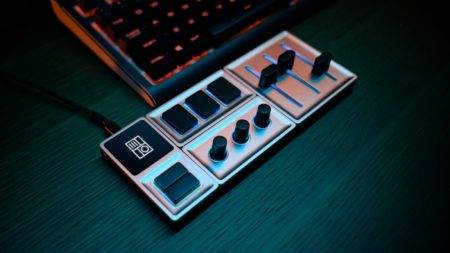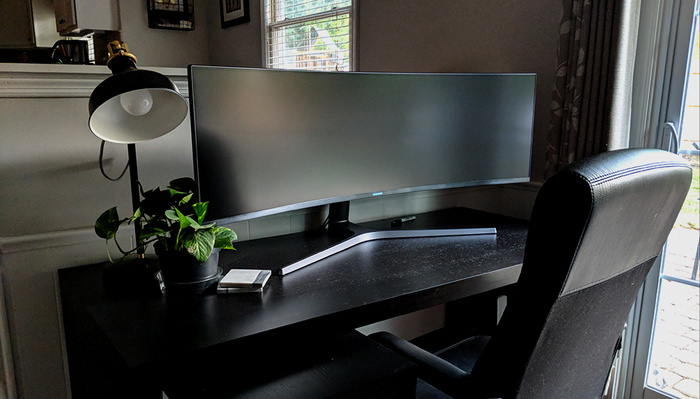Figuring out Your Cost of Doing Business in Ten Steps:
When in business there is one and only one universal truth. There has to be more income coming in than costs going out. Cashflow is KEY!
One of the biggest issues for photographers both new and veteran is determining your true cost of doing business. There are many factors and costs that need to be taken into account and we’ve tried to compile a list of things you need to consider and the reasons why. Again this isn’t the be all end all list, but it will get you a great foundation to getting your basic costs of doing business in line!
Step 11) Taxes and Licenses:
 Are you going to be collecting taxes on your sales? If so, please don’t worry about that so much. Just make sure you’re putting the correct amount away and be ready to remit it when required. But paying whatever taxes your State/Province/County requires along with your fees for a Business license has to happen. So factor the business license into your startup costs and again annually, along with any taxes you’re required to pay. Your Municipal/Provincial/State or National Government will have everything you need to know on their website.
Are you going to be collecting taxes on your sales? If so, please don’t worry about that so much. Just make sure you’re putting the correct amount away and be ready to remit it when required. But paying whatever taxes your State/Province/County requires along with your fees for a Business license has to happen. So factor the business license into your startup costs and again annually, along with any taxes you’re required to pay. Your Municipal/Provincial/State or National Government will have everything you need to know on their website.
Step 12) If you have Office or Studio Space:
I know that my Studio/Office space makes a contribution to my monthly rent. I live in a pretty small apartment in Vancouver BC, and rent is HIGH here. So my business pays approximately 35% of my monthly rent and the same portion of my utilities including my Phone & Internet. I have a business line, routed to my cell phone and the business pays the internet portion of the cable bill at home. I need updates to software that I run, and well, I couldn’t upload to SmugMug without an internet connection. You will also need Office Supplies. Think about getting Pens, Paper, Staples, glue, stamps, envelopes, boxes, the list goes on and on. If you’re using these things in your office space, you need to account for them.
Step 13) Doing Advertising and Promotions:
I have historically put 10% of all income away to go towards advertising. Although, I’m finding that I am able to get away with less, by using Facebook and Twitter to advertise the business as opposed to more traditional methods. But make no mistake. It costs money to make money. But use your money wisely and try to maximize your advertising dollars. We’ll get more into this topic later in the series so stay tuned! Get the best deal you can on hosting your website, and account for the cost of your template and domain registration.
Step 14) Joining a Professional Organization and Getting a Deal on Insurance:
I still say everyone should belong to some kind of professional organization. Typically the savings on things like business and gear insurance more than cover the dues, by way of the discounts that organizations have negotiated with providers on a group basis. So continuing on that topic, you need Business Insurance. There are a lot of providers, but your first stop should be the group provider for the professional organization you joined. You should NOT operate your business without insurance at any point. Ever. Nuff Said.
Step 15) Obtaining and Maintaining your Photo Equipment:
 This is the MOST DANGEROUS one. GAS, or Gear Acquisition Syndrome, has sunk more than one photography business. You don’t HAVE to have the latest and greatest to make killer images. Dropping $2000 + on a lens that you may use three times a year makes no sense. But you do need a complete kit with backups for everything. So in the beginnings of your business, sock a portion of your profit away for gear and upgrades. But account for everything! You’ll need to have Cameras, Lenses, Bags, Speedlights, Memory Cards, Lens cleaners etc. Just remember that Stuff Breaks. No matter how careful you are, if it’s built by man, it’s bound to fail. It may be a lens, a body, and External Hard drive, A speedlight, etc etc etc. You need to budget for repairs! If nothing breaks, hey great! But hope for the best and prepare for the worst!
This is the MOST DANGEROUS one. GAS, or Gear Acquisition Syndrome, has sunk more than one photography business. You don’t HAVE to have the latest and greatest to make killer images. Dropping $2000 + on a lens that you may use three times a year makes no sense. But you do need a complete kit with backups for everything. So in the beginnings of your business, sock a portion of your profit away for gear and upgrades. But account for everything! You’ll need to have Cameras, Lenses, Bags, Speedlights, Memory Cards, Lens cleaners etc. Just remember that Stuff Breaks. No matter how careful you are, if it’s built by man, it’s bound to fail. It may be a lens, a body, and External Hard drive, A speedlight, etc etc etc. You need to budget for repairs! If nothing breaks, hey great! But hope for the best and prepare for the worst!
Step 16) Obtaining and Maintaining your Computers and Hardware:
![]() With file size from your Cameras and the complexity of Image Processing Software becoming more sophisticated and more powerful, you’ll probably need a pretty good computer system to run your Image Processing Software. A $400 dollar PC based laptop will work, but the strongest part of your business will be the weakest link. And a slower, uncalibrated laptop to edit your images could be that weak link. Speaking of monitor calibration, budget a few hundred for that off the hop. It’s vitally important.
With file size from your Cameras and the complexity of Image Processing Software becoming more sophisticated and more powerful, you’ll probably need a pretty good computer system to run your Image Processing Software. A $400 dollar PC based laptop will work, but the strongest part of your business will be the weakest link. And a slower, uncalibrated laptop to edit your images could be that weak link. Speaking of monitor calibration, budget a few hundred for that off the hop. It’s vitally important.
Step 17) Retaining Legal and Accounting Services:
This really depends on your individual skills. But too often we have heard and seen photographers complaining that it takes FOREVER for them to do their books and taxes. This is valuable time you could spend marketing, networking, and more importantly, shooting. So if it takes you a ton of time to do it, get a qualified bookkeeper. Also, getting your airtight contracts in place is super important. So get a lawyer to write up all your contracts at the very beginning. This will be one of those setup costs when not a ton will be coming in, but its WAY better than having EVERYTHING (House, Car, Assets etc) taken in a lawsuit that your contract could have helped you avoid!
Step 18) Accounting for your Vehicle Expenses:
Unless every client is coming to you and you NEVER have to drive anywhere, you need to factor vehicle costs as your business should be paying the equivalent portion to its business use. And this is everything from your Lease/Finance Payment, Fuel, Insurance, and Maintenance. Keep receipts for everything.
Step 19) Investing in your Professional Development:
Attending workshops and conferences is vital to your development as both a business person and photographer. You need to set aside funds to develop as a professional. This could be attending WPPI, Imaging USA, Mystic Seminars, Skips Summer School, or joining your local Smug Group. The possibilities are really endless. But it doesn’t stop there. You can attend sales seminars or social media master classes, basically, anything that would grow your business skills and image capture skills. But you need to budget for all this. It is as important as any other step
Step 20) Taking a SALARY!
I can hear you now! “WHAT!!! That’s first! I gotta eat! I gotta pay my bills! How am I going to do that if I take all this other stuff out first?” Well, the fact of the matter is, if you’re taking money out of your business before covering all your hard costs. You’re going out of business…and won’t be able to pay ANYTHING. So really truly, leave your salary until the very last thing.
Do you want to visit an online form from the NPPA website right now where you can plug in a bunch of these costs and find out your daily cost of doing business? If so click here!







